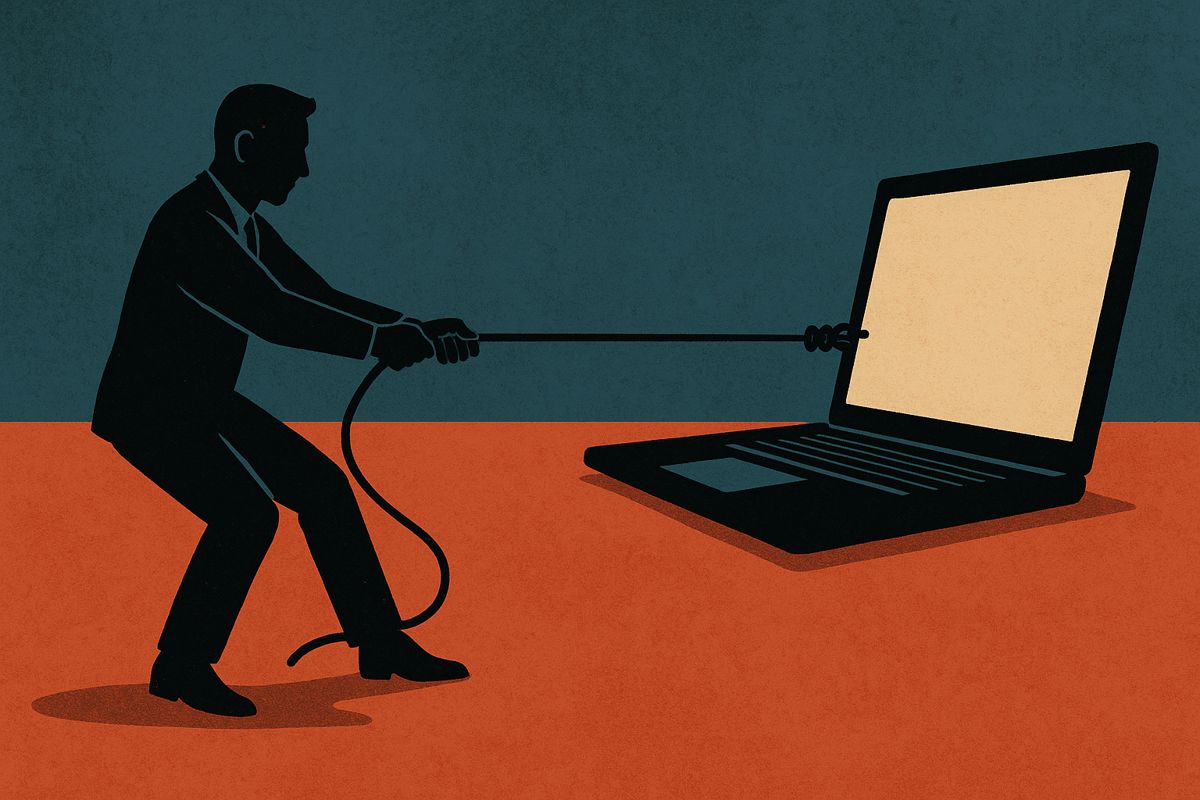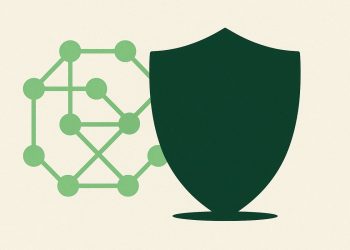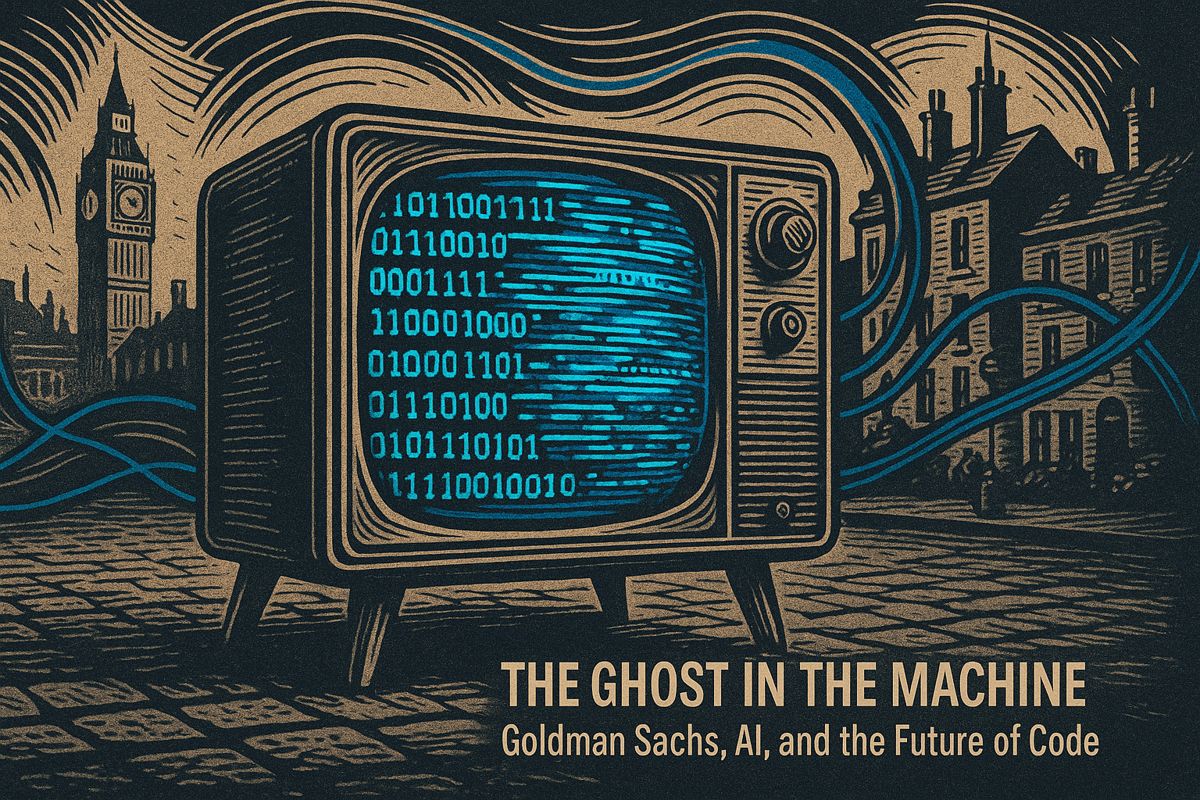In 2025, companies are changing fast with new roles like Agent Boss, Model Manager, and AIOps Engineer, where humans work side-by-side with smart AI agents. Businesses now track things like the human-agent ratio and have “digital labor” budgets, showing AI is a big part of daily work. Skills like AI literacy are now more important than ever, with job training shifting quickly to keep up. The way people and AI share work is smarter, making teams faster and more efficient. Companies that understand and use these new ideas are moving ahead, while others risk falling behind.
What are the key roles and concepts shaping the AI-augmented workforce in 2025?
In 2025, enterprises are redefining work with roles like Agent Boss, Model Manager, and AIOps Engineer, and concepts such as the allocation economy, knowledge orchestration, and digital labor budgets. Mastery of AI literacy and understanding the human-agent ratio are essential for future-ready organizations.
The vocabulary of work is expanding faster than the payroll itself. In 2025, a new constellation of terms is helping executives, HR leaders and frontline employees navigate a landscape where artificial agents sit next to humans in org charts and “digital labor” is budgeted like capital expenditure. Below is a field guide to the words now appearing in job ads, board decks and enterprise software dashboards.
The new roles
| Term | Plain-language definition | Typical day |
|---|---|---|
| Agent Boss | Team lead for autonomous AI agents | Writes “agent specs,” assigns tasks, audits results and retrains faulty bots |
| Model Manager | Lifecycle owner of deployed AI models | Monitors drift, retunes hyperparameters and retires underperforming models |
| AI Operations (AIOps) Engineer | Site-reliability pro for AI services | Keeps inference latency low and GPU bills predictable |
Microsoft’s 2025 Work Trend Index predicts that by 2030 managing AI agents will be a standard bullet in most job descriptions, not a separate title.
The new economic grammar
-
Allocation Economy
Describes how work, capital and even decision rights are dynamically parceled out between humans and algorithms. Example: A fintech support queue decides in real time whether a refund request goes to a Gen-Z agent or a fine-tuned LLM based on predicted handle time and customer sentiment. -
Knowledge Orchestration
The craft of routing questions, data and expertise so that humans and AI compound each other’s strengths. Early adopters report 14 % faster time-to-resolution when FAQ bots escalate the right 12 % of tickets to senior analysts instead of junior ones (BCG 2025 AI at Work report). -
Digital Labor Budget
In 2025, 82 % of large enterprises list AI software licenses under “labor, non-human” in their HR budgets, according to IBM’s Future of Work survey.
Ratio watch
The phrase human-agent ratio is starting to appear in quarterly OKRs. Microsoft’s research team suggests an initial rule of thumb: one human supervisor for every 8-12 deployed agents in customer-facing workflows, tightening to 1:3 for high-stakes financial or medical tasks.
Skill of the year
- AI literacy* has dethroned Python as the most requested skill in white-collar job postings (LinkedIn Talent Insights, Q2 2025). Curricula are being rewritten in weeks, not years:
| Training focus | 2024 presence | 2025 ramp-up |
|---|---|---|
| Prompt engineering | 8 % of Fortune 500 programs | 73 % |
| AIOps fundamentals | 4 % | 41 % |
| Ethics & bias mitigation | 11 % | 62 % |
From glossary to playbook
Glossaries used to be appendix material. In 2025 they are strategic infrastructure. Companies that can speak fluently about compounding engineering (linking models so each new release benefits from the last) and multimodal workflows (text, voice and vision in one pipeline) are winning talent, deals and speed to market. The firms still asking “What is an Agent Boss?” are already two hiring cycles behind.
What is the “allocation economy” and why is it reshaping budgets in 2025?
The allocation economy describes how resources, tasks and decision rights are dynamically assigned between human workers and AI agents. Instead of fixed head-count budgets, enterprises now track a human-agent ratio (e.g., 3 humans per 10 AI agents) and re-allocate dollars in real time based on performance dashboards. McKinsey’s 2025 case studies show that frontier firms using this approach reduced project turnaround times by 34 % while keeping labor costs flat.
How does “knowledge orchestration” differ from traditional knowledge management?
Traditional knowledge management stores documents in siloed repositories. Knowledge orchestration coordinates live data flows, human expertise and AI agents to solve problems collaboratively. Gartner reports that companies practicing orchestration see a 28 % faster time-to-insight because AI agents surface relevant context before a human even opens a search box. The key is giving model managers authority to tune which knowledge an agent can access.
Which new roles must appear on 2025 org charts?
- Agent Boss – designs, assigns and audits AI agents (reporting into operations, not IT).
- Model Manager – responsible for the ongoing health, fairness and drift of deployed AI models.
- AI Operations (AIOps) Lead – uses AI to monitor and automate IT and business processes at scale.
Microsoft’s WorkLab predicts that 82 % of teams will have at least one of these roles by 2026.
Will AI create or destroy more jobs in 2025-2026?
Analysis across Microsoft, BCG and the World Economic Forum shows a net displacement of 5-10 % of roles by 2026, but also 78 million new jobs globally. Entry-level white-collar tasks (data entry, basic customer support) are most exposed, while jobs requiring physical presence, creative judgment and ethical oversight are expanding. Upskilling budgets are rising 2.3× faster than layoff costs in surveyed enterprises.
How should leaders prepare their workforce for the AI-augmented future?
- Make AI literacy a hiring prerequisite, not a nice-to-have; 71 % of 2025 job posts already list it.
- Shift training from episodic workshops to AI-driven micro-learning platforms that adapt daily to each worker’s skill gaps.
- Create transparency dashboards showing the current human-agent ratio so teams understand how work is being reallocated.
- Invest in soft-skill intensives (negotiation, ethics, creativity) that remain uniquely human and are cited by 64 % of managers as the biggest multiplier when paired with AI agents.



















